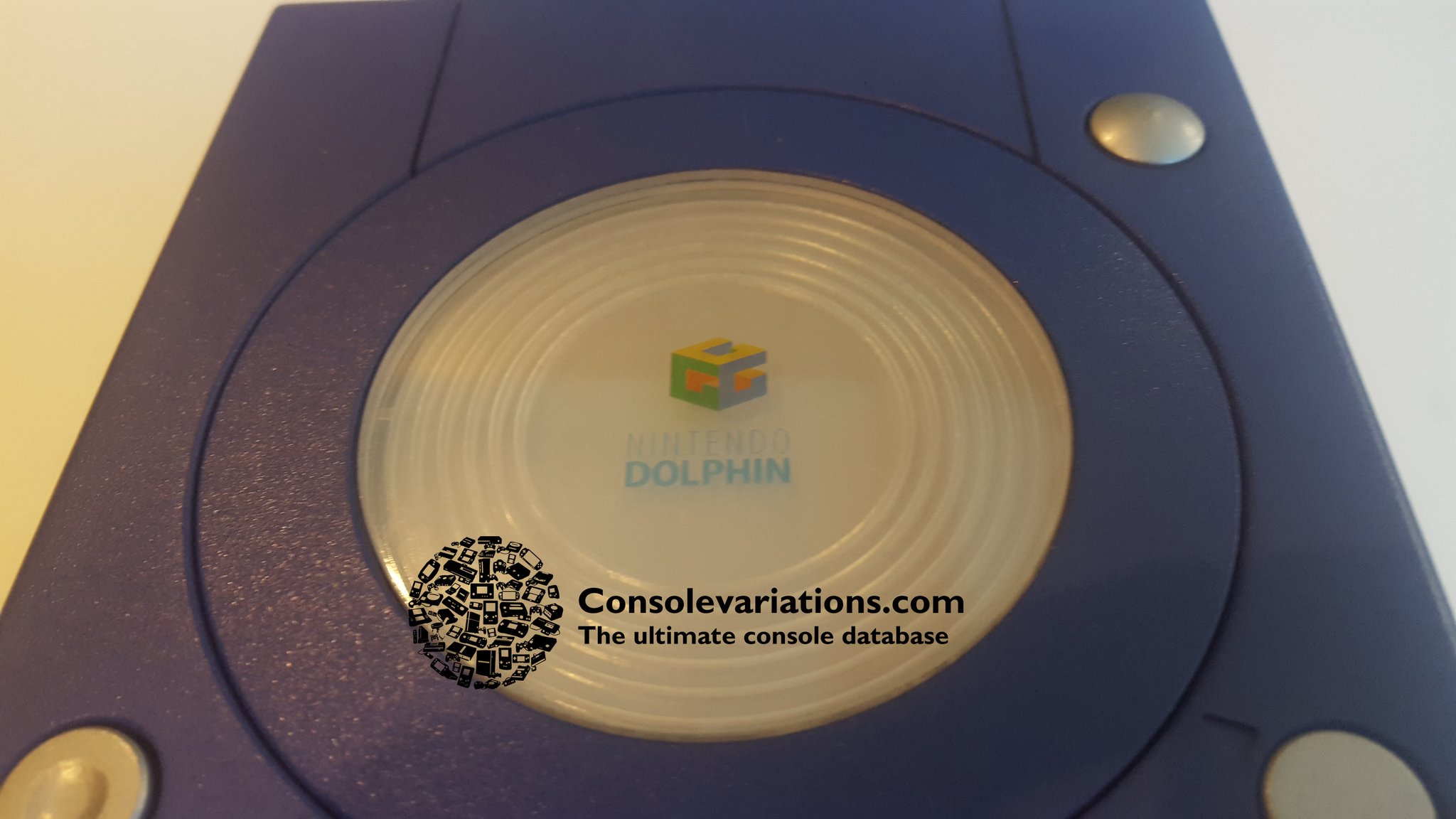

Even line-height in CSS3 is draft. Saying no drafts should be implemented is a ridiculous standpoint: a standpoint not even Firefox aligns with:
Standardization requirements for shipping features
What evidence is necessary will vary, but generally this will be:
W3C - the specification is at the Candidate Recommendation maturity level or more advanced; shipping from a Working Draft or a less advanced specification requires evidence of agreement within the working group that shipping is acceptable
https://wiki.mozilla.org/ExposureGuidelines
But keep moving those goal posts.













Windows 10 and it’s not a good idea